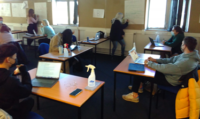This is the fourth and final in a series of blogs in which Steve Cayzer, Department of Mechanical Engineering, reflects on ensuring his courses are Covid-ready by designing them according to the Bath Blend. Steve reflects on what has worked well (and less well) and what he would like to keep in the ‘new normal’.
Reflection # 4: Keep it simple, keep it inclusive, share the love
Keep it simple
As an advocate of Team Based Learning I am a great believer in the power of peer learning. But team working of course is a very important aspect of student experience in the blended environment. This semester I have witnessed real friendships developing between students who have not even met each other in person. I have also been privileged to witness the transformation, over the semester, of ‘random’ groups of students developing into high-performing teams. I often start the LOILs early, allowing students who wish to do so to join a breakout room with their team for a private pre-class discussion and social bonding. I remain in the main session and we chat about what people have been up to over the weekend. One of my colleagues plays music before class!
That said, and while there is definite value in having long-lived, ‘permanent’ (semester-long) teams, there is also value in creating opportunities for students to work with as many of the cohort as possible. In their various units, the teams of students have a different composition. During in person time, we deliberately mix up the groups so each student will have a ‘team for the day’.
Next semester, we are going to run one unit where the teams will be mixed up every two weeks, to keep things fresh. In the other unit, the teams will stay the same throughout the semester. As one student commented:
“It would be nice to have the opportunity to be in a breakout room with everyone on the course by the end of the semester.“
Keep it inclusive
I am fully supportive of, though not an expert in, inclusive learning. The notion of inclusive design is that by making things better for a minority, you improve the experience for all. So, the various inclusive aspects we have incorporated include:
- Remote students are catered for by having a dedicated facilitator during ‘in person time’.
- Learning resources are made accessible to screen readers, etc. (using a tool called Blackboard Ally). The tool also makes recommendations on colours, fonts and other display aspects.
- All recordings, whether pre learning or a recorded online session, are captioned. Using the Panopto tool, students may choose to play the recording at a variety of speeds. We are looking into live captioning tools for next semester.
- The pre learning is released in sufficient time to ensure that students are able to come to class prepared so that if their connection fails during class and they drop out of one activity, they are still able to join in with next activity. In addition, keeping pre-recorded material short (5-minute snippets) helps those with unreliable or slow internet connections.
- In a classic example of inclusive design, we were asked by our disability service to provide a clear weekly planner of teaching and assessment to meet the needs of one of our students. Not surprisingly, this resource proved enormously popular with the whole class in helping them plan their time.

Share the love
And finally, of course, I am keen not just to share my learnings (the purpose of this blog) but to learn from others.
One thing we found invaluable was to practice the sessions; for example, trying out remote collaboration tools, or walking through the logistics of our in person time (ideally using the actual room). Having colleagues act as proxy students can help reveal any issues that can then be resolved (for example, noise on the microphone, issues hearing chatter from the room, hybrid collaboration, problems sharing screen or whiteboard tools, etc).

One really nice idea is to take a tag team approach; for example, the first person (A) delivers an in person socially distanced class which is shadowed by the educator (B) who is scheduled to go next. So, B acts as a classroom helper to A and meanwhile observes what is working well (and maybe not so well). A and B have a washup meeting. The process then repeats itself with C shadowing B. We didn’t manage to implement this, but others at the University did and it worked brilliantly.
And of course the students can be (and are) fantastic co-creators of the experience, not just giving us feedback (allowing us to course correct our approach) but also coming up with new ideas and approaches that we intend to implement for next semester including more social events, more team mixing, industry challenges and intercultural learning. Student comments included:
“A chance to learn about other’s experiences from different cultures/countries... closer bond between our study colleagues.”
“We would like to see more relaxed non-course related social things being organised. So we can get to know each other better.“
Steve Cayzer, Department of Mechanical Engineering
A huge thanks to Steve for sharing with his experiences of making his courses Covid-ready by designing them in line with the Bath Blend approach.
Catch up with other earlier reflections on his semester of teaching the Bath Blend in his series of CLT blogs.
Find out more about the Bath Blend here.
Respond



